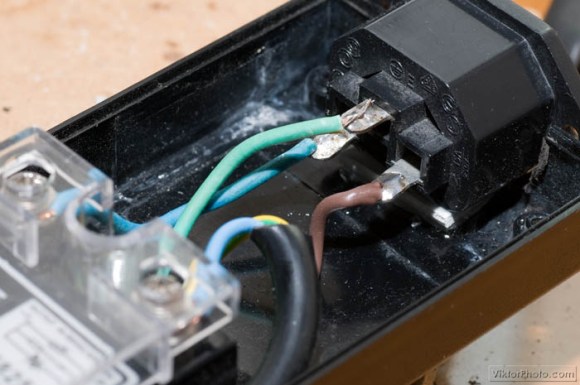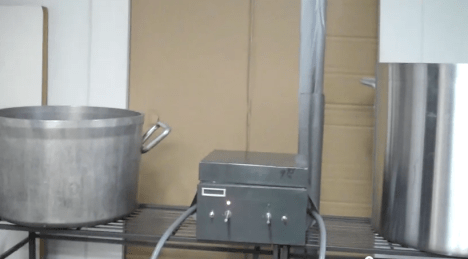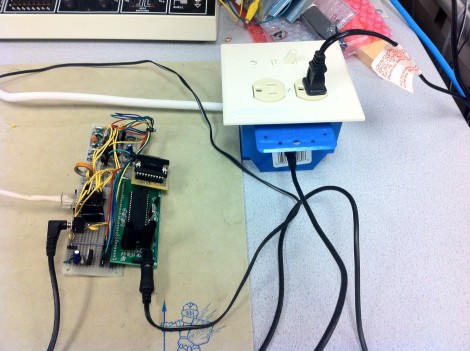
We like our nice, safe, 5V prototyping projects where the only thing that might get fried is a chip. But there are times when you want to switch appliances for one reason or another and then you’re going to want a mains rated relay. [Viktor] got tired of having exposed high voltage on the bench during the prototyping stage of these projects so he recently built a solid state relay test box.
The only thing he bought for the project was the SSR itself. To act as an enclosure he used the brick from an old laptop power supply. This is perfect for a couple of reasons. First off, it’s designed to contain high voltage if there is ever a short or other problem. Second, it’s already setup for incoming and outgoing power. He just needed to remove the guts and mount the relay. Notice that it comes with a clear plastic shield that physically separates the high voltage side from the low voltage control end. This, along with the cable routing, keeps the dangerous stuff on one side to ensure you won’t get an arc to the low voltage portion of the project.
















